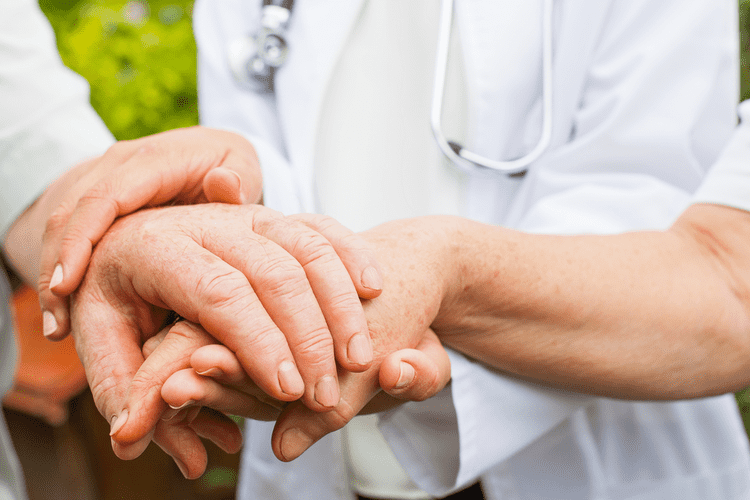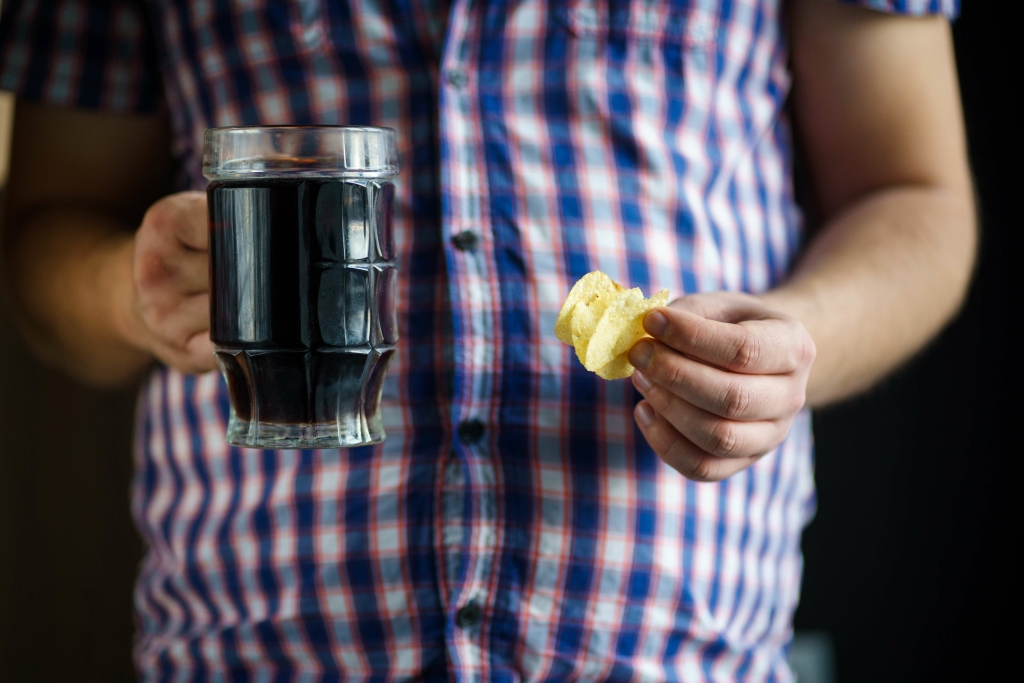However, only 40% of those who had recovered from a substance use problem had ever received SUD treatment. https://m2-ch.ru/gruppa-re1ikt-predlagaet-skachat-dvd-akusticheskaya-terapiya/ Although not analyzed in this study, prior research suggests that those able to recover without the use of any external service supports generally tend to have less severe addiction problem histories. The NSDUH is an annual survey conducted by the Substance Abuse and Mental Health Administration (SAMHSA) that provides current estimates and trends on substance use as well as mental health and substance-related issues in the United States. The survey consists of an in-person interview and has a complex design that allows for national estimates to be derived from the responses of study participants.

Marijuana Abuse
This goes against the historical and cultural grassroots meaning of “recovery” as typically requiring abstinence from all substances. Understanding the exact reasons for this difference related to race/ethnicity in reporting recovery status is important as they could reflect discriminatory access to services. Let’s explore the current state of drug addiction treatment and recovery rates in the US through noteworthy statistics and trends. Around 75% of people seeking recovery from a substance use problem achieve their goal, though it may take them some time to achieve full remission. This morning, we’re going to turn to a surprising and hopeful part of the story.
An Artist And A Scientist Take On The Stigma Of Addiction
The young mother I counseled ended up joining the waitlist for a family-based residential treatment program where she could bring her son. Five months later, by the time I stopped working at the health center, she was still waiting. The U.S. is facing the deadliest drug overdose epidemic in its history, but there is hope. Research shows most people with addiction do survive and recover, especially when they get quality treatment. Stopping drug use is just one part of a long and complex https://english-lessons-online.ru/node/655 recovery process.

How many years is considered long-term sobriety?

Such support could be a loved one fully engaging in the addict’s recovery and helping hold them accountable. However, each addict’s recovery will be unique to their needs and circumstances. One person’s recovery cannot be compared to someone else’s, as each effective method will vary from person to person. Effective prevention and treatment must address the unique challenges faced by people from all backgrounds. A true addict in recovery can acknowledge past powerlessness but will also share a renewed hope that gives them agency to do something different in similar situations that before would have prompted them to gravitate to their compulsive ways.
How Many People Relapse After Completing Treatment?
- The child welfare system and substance abuse treatment centers have often worked independently.
- Addiction often co-occurs with other chronic diseases like mental illness.
- Most Schedule IV drugs are prescription medications, some of which have been banned by the Food and Drug Administration.
- Dr. Hoffman is the Co-Founder and Chief Medical Officer of AddictionHelp.com and ensures the website’s medical content and messaging quality.
- Support systems also improve accountability, motivation, and practical assistance like driving the addict to support meetings, outpatient treatment, or errands.
For people with addictions to drugs like stimulants or cannabis, no medications are currently available to assist in treatment, so treatment consists of behavioral therapies. Treatment should be tailored to address each patient’s drug use patterns and drug-related medical, mental, and social problems. Regardless of recovery status, those that report a lifetime substance use problem have a high prevalence of tobacco use and nicotine dependence. Overall, 11.1% of the sample reported ever having a substance use problem, which translates to approximately 27.5 million adults in the United States. Of those reporting a substance use problem in their lifetime, 74.8% reported that they were in recovery or recovered from their substance use problem, translating to approximately 20.5 million adults in the United States.

Inquire about the qualifications of staff members as well as the specifics of the therapies offered prior to committing to a particular program. Finding the right facility for you involves the inclusion of a physician, therapist, or other healthcare provider to help you choose a facility to address all of your needs, including addiction and co-occurring disorders. Beyond that, you may narrow the field based on location, additional services, amenities, and accreditations and certifications. Success rates post-drug and alcohol rehabilitation vary depending on the type of substance, duration of treatment, and individual factors. The cost of drug and alcohol rehabilitation varies widely depending on factors such as the type of treatment, location of the facility, length of the program, and amenities offered.
- The evaluation consists of 11 yes or no questions that are intended to be used as an informational tool to assess the severity and probability of a substance use disorder.
- New York City recently opened the nation’s first official safe consumption clinics, where people with substance use disorder can use drugs under medical supervision.
- Finally, we must reduce the stigma around opioid use disorder, including when childcare is involved.
- Successful addiction recovery typically requires a multi-layered approach.
- Notably, 32% of those in recovery reported past-month binge drinking (4+ or 5+ drinks on one occasion for females and males, respectively) and 31% reported past-year marijuana use.
However, little is known about those that have resolved a problem compared with those that currently have a substance use problem. More data on the differences between individuals with substance use problems who resolve or have not yet resolved their problem can offer key insights of treatment and recovery support service policies in the U.S. To move this forward, http://www.socioforum.ru/profile.php?mode=viewprofile&u=36700 federal and state governments must increase funding for child welfare agencies, addiction treatment programs, youth development programs, and other organizations.
- Because addiction can affect so many aspects of a person’s life, treatment should address the needs of the whole person to be successful.
- The CDC reports that the relapse rate of drug and alcohol addiction is 40% to 60%.
- Once addicts realize their past powerlessness, they also must discern that they have a choice in their actions moving forward.
However, the length of treatment can vary even further for other treatments like therapy or support groups. Based on research from the CDC, 3 out of 4 people (75%) recover from addiction. For some, it’s complete abstinence from all substances, while others focus on avoiding substances they struggle to moderate. High-end inpatient residential treatment can often be thousands of dollars a day, with many less expensive options still too costly for low-income patients to afford. Understanding the shocking scale of this problem, along with its risk factors, is crucial for creating prevention and treatment programs that save lives.
- By: saqartvelo
- 0 comment